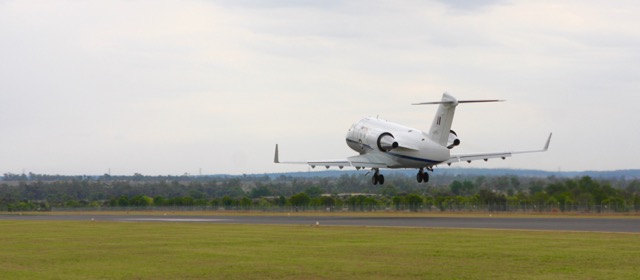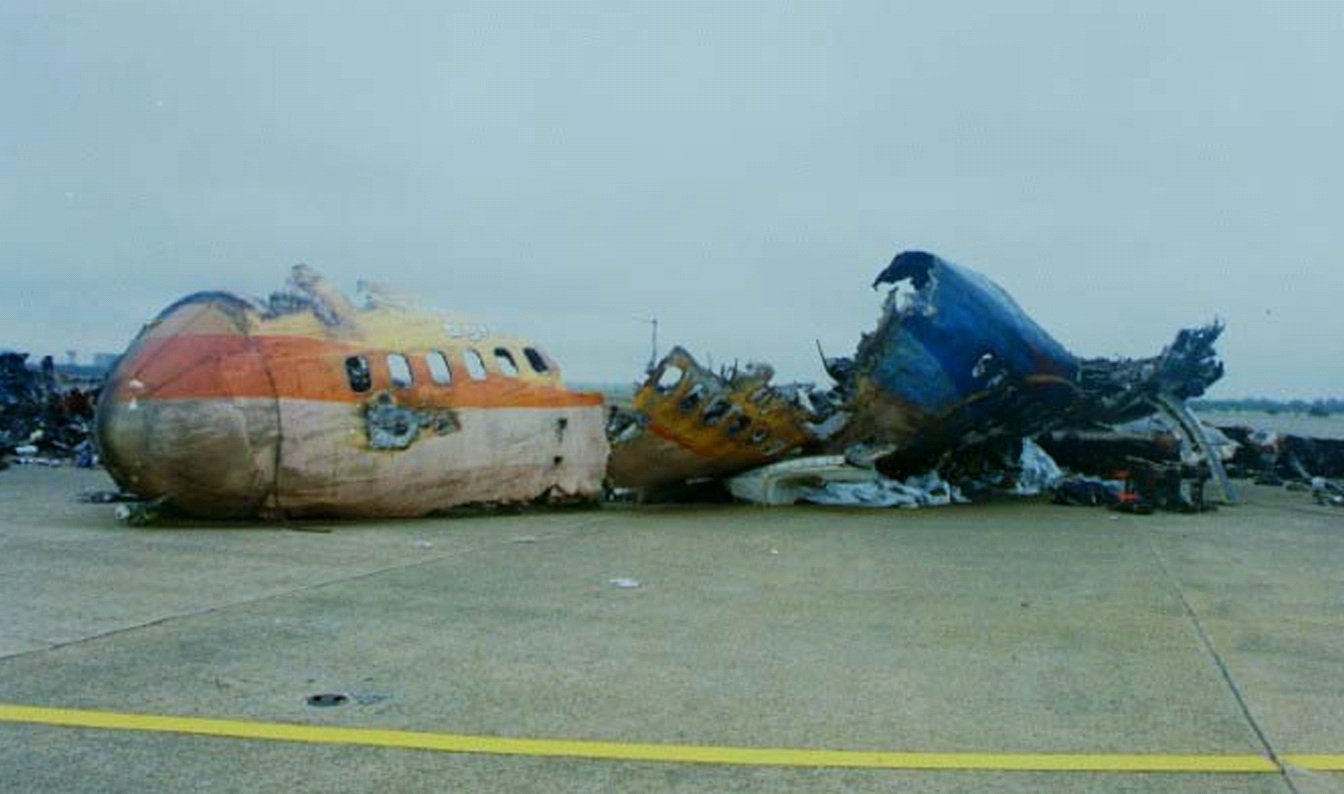
Posts about stuff relating to airports

Accident Review: Aerodrome Works Safety & Singapore Airlines Flight 006
An aerodrome is a hazardous environment: lots of moving parts, competing objectives, humans being human, weather, etc. When we need to conduct airside works, we introduce even more hazards and more risk. And this requires a specific set of management activities. One of the worst aviation accidents involving aerodrome works was the 2000 crash involving Singapore Airlines Flight 006 (SQ006) at Taiwan Taoyuan International Airport.
The story behind this accident and its aftermath is complex but let’s look at it from an aerodrome works safety management point of view.

Accident Review: Southwest Airlines 1248 Runway Surface Condition Reporting
In my day job, I've been working on Australian standards for implementing the Global Reporting Format (GRF). Unfortunately, as with many advances in aviation, this was a change brought about by an accident. While it was likely that there were many influential accidents and incidents, I want to analyse the critical inciting event in this post.
Southwest Airlines Flight (SWA) 1248 was miraculous in that everyone on the aircraft survived. But it was also tragic with the death of a child not even at the airport. And it triggered a lot of action by the Federal Aviation Administration (FAA), the International Civil Aviation Organisation, and many other civil aviation authorities.

Don't Wait for the Investigation Report: Speculation Can Be Good
In these times of almost ubiquitous video, we are sometimes inundated with footage from all manner of safety incidents and accidents. Coupled with social media, professional and otherwise, this makes for lively discussions on causes and contributory factors as soon as the footage becomes available. Unfortunately, a lot of these discussions are not useful and are often met with calls to wait for the investigation report and resist the urge to speculate.
But I can’t say that I agree with the blanket call to avoid speculation and wait for an investigation report and here is why.
Header image: Francesco Ungaro (via Pexels)

Obstacles, Collisions & Liability
Back in 2011, in the lovely northern NSW town of Old Bar, the locals were having a festival. Someone put up a Ferris wheel at the end of the local airstrip’s runway. An aircraft crashed into it and while no one was hurt physically, legal action ensued. A child riding on the Ferris wheel was awarded some pretty significant damages in some interesting legal ways.
Image credit: Isabelle Taylor (via Pexels)

ASW #3: Accident Review: FOD Brings Down the Concorde
The third day of Airport Safety Week sees one of the annual event’s most enduring activities - the FOD walk. As I am not currently working on an airport or in Australia, I am going to miss taking part this year. Instead, I thought I would offer an analysis of the 2000 Concorde disaster as it would have to be the most significant FOD-related accident in history.
The following analysis is very limited. I just want to focus on the presence of the FOD on the runway, its immediate impact on the aircraft and factors associated with FOD detection and prevention.
Header Image : (cc) Daniel Mennerich (via Flickr)

Accident Review: Asiana Flight 214 Emergency Response
I recently wrote about emergency exercises and their role in improving your airport’s emergency plan. Exercises are not the only way to learn and to identify opportunities for improvement. Unfortunately, from time to time, the aviation industry suffers an accident and emergency response agencies kick into action. Even though these emergencies might occur at an airport far, far away, they can still provide worthwhile lessons.
In some cases you might learn about plan deficiencies, equipment malfunctions and human errors through informal channels and industry connections. And in a few cases, there might be a formal investigation covering the emergency response to a major accident. The NSTB report into the Asiana Flight 214 crash is one such investigation.
Image credit: NTSB

Accident Review: Aeroflot Flight 3352 Collides with Vehicles on Runway
Aviation accident are always devastating. They precipitate great suffering on those involved and those connected to the event. They are also learning opportunities and, as a discipline, accident investigation has been for a long time focussed on maximising this learning. With this in mind, I’m going to start a new category of posts looking at significant aircraft accidents and incidents that may have some lessons for airport operators. The first is a look at what happened to Aeroflot Flight 3352 inbound to Omsk Airport in the very early hours of October 11, 1984.
Image credit: (cc) Eduard Marmet

Missed Opportunities: We Should be Doing Better
Over the past year or so, I've written about a couple of topics that seem to have converged into this post. Airport professionalism, the application of aerodrome regulations (twice), runway strip standards and accidents were topics I recently explored and after doing so more research I stumbled across a couple of incident investigations in Australia that bring these previous articles together.

Is this Acceptable? When a runway strip isn't wide enough
This week, on Sunday, 14th January 2018, a Pegasus 737-800 veered off the runway at Trabzon, Turkey and came to rest on a steep slope quite close to the Black Sea. Obviously, it is way too early to speculate on the causes of the accident but as airport safety nerds, I think its okay for us to have a look at the role the runway strip played in this event. a few internet comments have questioned the compliance of the runway strip and it does look narrow. However, if Google Earth is to be believed, these comments and first thoughts might not be correct.

Wrong Runway, Go'Round
If you're not into aviation, like most Australian airport operators, you might think that some of those stories you hear from fanatics like me are a bit far-fetched. In my early days in aviation, I thought the same about the stories involving pilots putting their aircraft down on the wrong runway. Surely not...
Unfortunately, it has happened with the latest incident occurring less than two months ago. This time it involved a CRJ-200 and a new but not yet operational parallel runway. Luckily, according to this site, no one was injured.
Header image: William Mattey (via Pexels)

Guyana & Runway Safety
This week's news of a runway excursion in the South American country of Guyana got me thinking of the current focus on runway safety. So, I turned my mind to writing something on the subject. Unfortunately, I turned too slowly and Andy Pasztor at the Wall Street Journal beat me to it! Thats what I get for having a day job :(.
Header image: Jonathan Borba (via Pexels)
